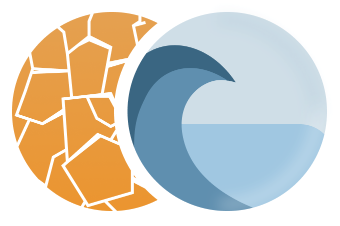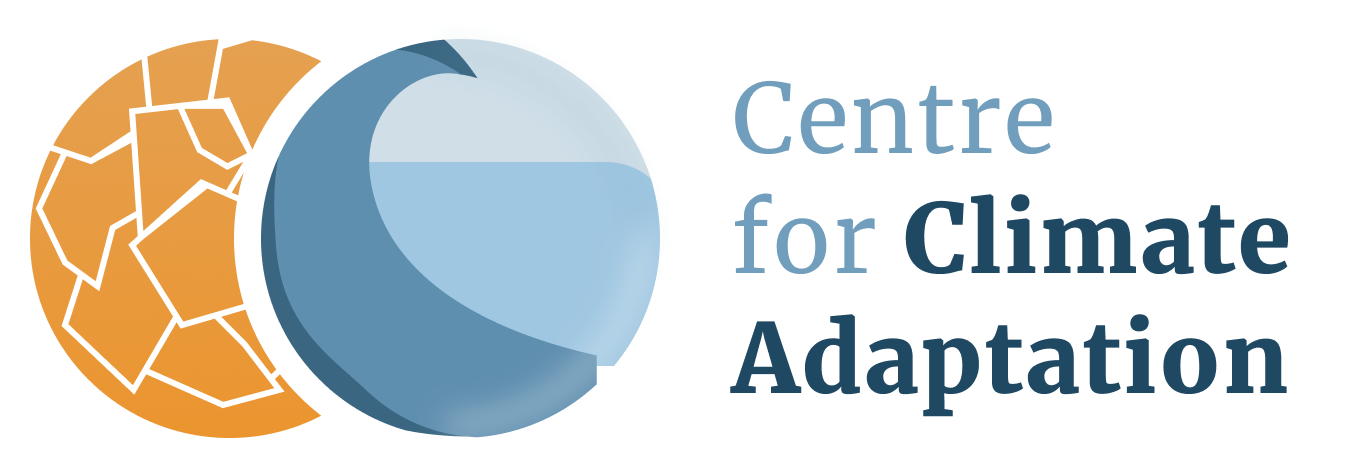Estonia
Biodiversity
Vulnerabilities - Terrestrial biodiversity
Compared with other territories of a similar size situated north of the 57th parallel, Estonia’s biological diversity is one of the richest. This is due to the varied climatic conditions, the existence of island and continental sectors, the abundance of sea and inland waters and the variety of base rocks with correspondingly diverse soil conditions, all of which formed the basis for the evolution and development of a wide diversity of ecosystems (1).
Almost 40,000 living species are thought to be represented in Estonia. So far about 26,600 or 67% of them have been found. The other 13,400 species or 34% of biota are yet to be discovered. Although Estonia is a moderately small country by area, it has a relatively great proportion of unspoiled protected nature. This is mainly due to the low human population density – slightly more than 30 inhabitants per square kilometer and even that is very polarized, being almost 2/3 in urban and only 1/3 in rural areas. Not many countries in Europe can afford to have more than 15% of land under nature protection. In Estonia, the figure is almost 18% (1).
The impacts of climate change in Estonia are relatively small compared to the southern and northern regions of Europe. Therefore no significant consequences are expected for biodiversity or public health. Some species may disappear and some new species will probably emerge, but these changes are quite negligible (1).
The start of climatic seasons in the spring period has tended to shift to earlier and in the autumn period has shifted to later. Similar trends have been observed in the whole Nordic region (2). Research has shown that the summer season has lengthened by 11 days during the period 1891 to 1998. Other significant trends were obtained for early winter, winter and the whole thermal growing season. The shortening of the winter season by 30 days is significant even at p < 0.01 level (3).
Long-term changes in phonological phases have trends similar to those of climatic seasons. These results are similar to the changes in thermal growing season observed in Europe by the International Phenological Gardens (4). For example, leaf unfolding has advanced 6 days and leaf colouring in fall has been delayed by 4.8 days per 30 yr of observations in Europe.
Vulnerabilities - Fresh water and wetlands biodiversity
The total area of peatlands measures 100,901 ha and makes up 22.3% of Estonia’s territory. Peat reserves are presently estimated at 2.37 billion metric tons. A small share of the reserves is suitable for animal litter, and the rest are used as fuel or for soil improvement (5).
About 70% of the Estonian mires (peatlands) have been drained for different purposes during the past 100 years, increasing their vulnerability to changes in climatic conditions. … Recent studies suggest that nutrient-poor peatlands may be able to accumulate more carbon in warmer climatic conditions, and nutrient-rich peatlands may become potential additional sources of atmospheric carbon (1).
If the future climate becomes more arid, one might expect the peat layer to decrease. If climate change brings about an increase in moisture, the opposite process may take place, i.e. the amount of soil organic matter could rise (5).It has been stated that there is no doubt that climate warning trends, even only in winter, will increase the deterioration of Estonia’s bog landscapes (6).
Vulnerabilities - Marine biodiversity
Baltic Sea
The Baltic Sea today suffers from eutrophication and from dead bottom zones due to (7,11)
- excessive nutrient loads from land,
- limited water exchange with the world ocean and
- perhaps other drivers like global warming.
The impact of excessive nutrient loads is the most important driver of hypoxia in the Baltic Sea. Without elevated nutrient concentrations, hypoxia would not have occurred during the twentieth and twenty-first centuries (10).
Model simulations (7) suggest that global sea level rise will cause increases in
- frequency and magnitude of saltwater inflows,
- salinity and phosphate concentrations in the Baltic Sea as a direct or indirect consequence of increased cross sections in the Danish straits, and will contribute to
- increased hypoxia and anoxia amplifying the previously reported future impacts of increased external nutrient loads due to increased runoff, reduced oxygen flux from the atmosphere to the ocean and intensified internal nutrient cycling due to increased water temperatures in future climate (8).
Although sea level rise will cause more intense inflows of high saline, oxygen-rich water, hypoxic bottom areas will increase because of increased stratification (7).
The combined impact of changing nutrient loads from land and changing climate during the 21st century for the Baltic Sea region has been assessed, for a moderate (RCP 4.5) and high-end scenario (RCP 8.5) of climate change (9). The scientists found in almost all scenario simulations, with differing nutrient inputs, reduced eutrophication and improved ecological state compared to the reference period 1976-2005. This result is a long-lasting consequence of ongoing nutrient load reductions since the 1980s. Only in case of combined high-end nutrient load and climate scenarios, eutrophication is reinforced. Effects of changing climate, within the range of considered greenhouse gas emission scenarios, are smaller than effects of considered nutrient load changes, in particular under low nutrient conditions. Hence, nutrient load reductions following the Baltic Sea Action Plan will lead to improved environmental conditions independently of future climate change (9).
References
The references below are cited in full in a separate map 'References'. Please click here if you are looking for the full references for Estonia.
- Ministry of the Environment of Estonia (2009)
- Carter (1998), in: Jaagus and Ahas (2000)
- Jaagus and Ahas (2000)
- Menzel and Fabian (1999), in: Jaagus and Ahas (2000)
- O’Brien (ed.) (2000)
- Kont et al. (2007)
- Meier et al. (2017)
- Meier et al. (2011), in: Meier et al. (2017)
- Saraiva et al. (2019)
- Meier et al. (2019)
- Hepach et al. (2024)




